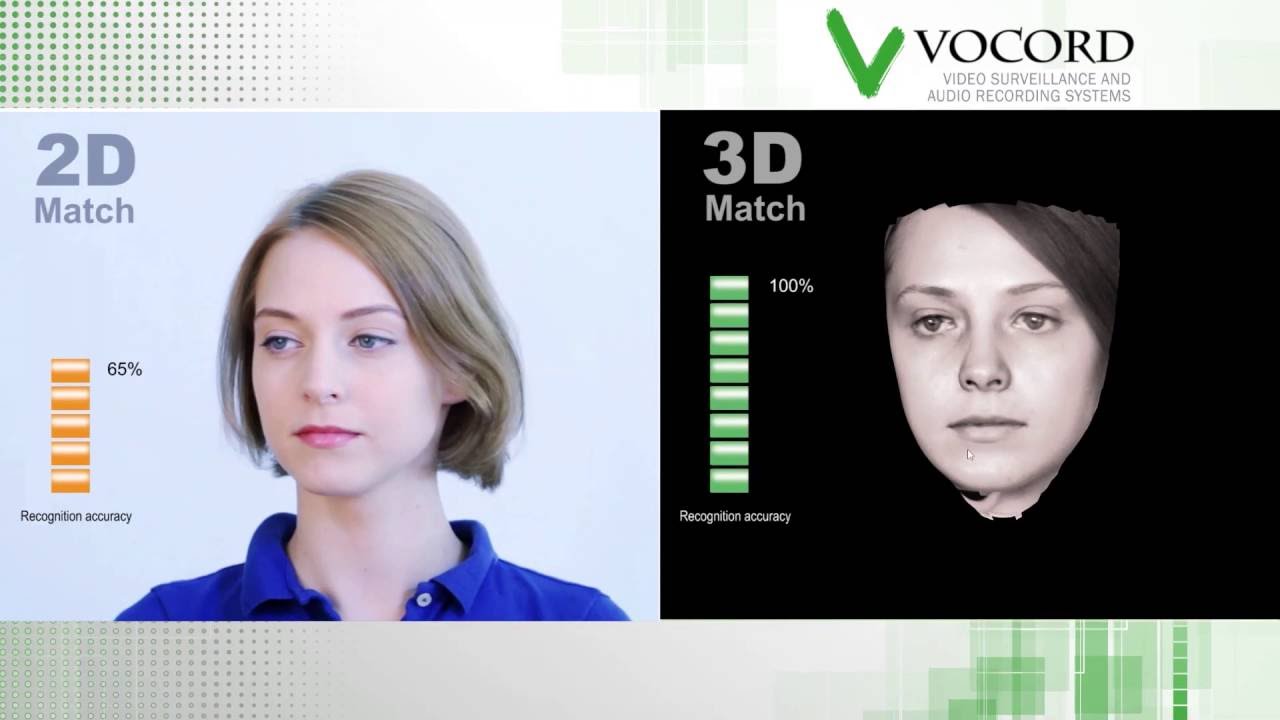
The Evolution of Facial Recognition Technology
Facial recognition technology has come a long way since its inception. From its humble beginnings in the mid-1960s to the sophisticated systems we see today, the journey of facial recognition is nothing short of remarkable.
The Early Days of Facial Recognition
In the early days, scientists started using computers to recognize human faces. This marked the beginning of a new era where machines could mimic the innate ability of humans to distinguish between faces. One of the early developers, Identix, introduced FaceIt software, which could pick out faces from a crowd and compare them to a database of stored images.
A glimpse into the early days of facial recognition
The Rise of 3D Facial Recognition
A significant advancement in facial recognition came with the introduction of 3D facial recognition technology. By capturing a real-time 3D image of a person’s facial surface, this technology identified subjects based on unique features like the curves of the eye socket, nose, and chin. The use of depth and an axis of measurement unaffected by lighting made 3D facial recognition more accurate and versatile.
 Exploring the world of 3D facial recognition
Exploring the world of 3D facial recognition
Biometric Facial Recognition
Another milestone in facial recognition was the integration of biometrics, specifically skin texture analysis. Identix’s FaceIt Argus leveraged skin biometrics to enhance accuracy. By analyzing skin texture, the system could differentiate between individuals with unprecedented precision.
 Unveiling the power of biometric facial recognition
Unveiling the power of biometric facial recognition
Diverse Applications of Facial Recognition Systems
Facial recognition systems have found applications beyond law enforcement. From immigration to time tracking and finance, these systems are revolutionizing various sectors. For instance, A4Vision’s time and attendance system prevents ‘buddy punching,’ enhancing security and productivity.
Privacy Concerns and Future Prospects
While facial recognition offers immense potential, concerns about privacy and identity theft persist. As manufacturers strive to improve usability and accuracy, the future of facial recognition remains promising.
Stay tuned for more updates on the fascinating world of facial recognition technology!















